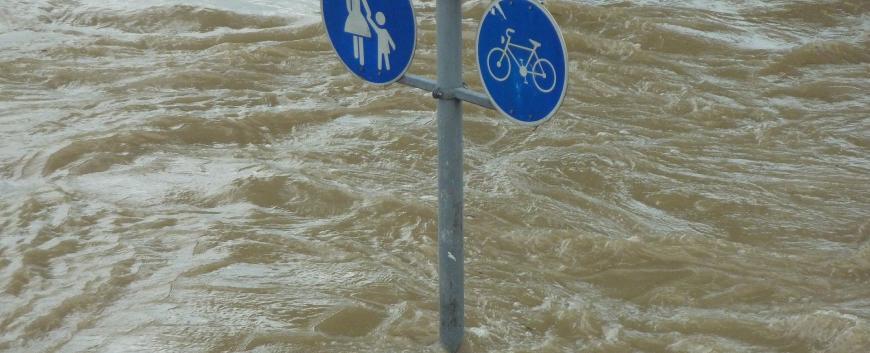
The service is essentially founded on GIS databases. The databases include the individual environmental boundary conditions, generally ranging from 0 to 5, according to the degree they contribute to increased surface runoff of rainfall origin. The static (temporally stable or only slightly variable) data applied are:
• Digital Elevation Model (steep slopes indicate rapid runoff; no runoff from horizontal surfaces);
• Land cover, land use from the CLC2000 database (for instance, concrete surfaces indicate high hazard as all rainwater feeds runoff; foliage reduces runoff through interception);
• Soil database: when establishing the runoff/infiltration ratio, the following soil boundary conditions have to be considered: (i) soil depth (moisture storage in soil pores); (ii) soil texture (clay or sand content, influencing the rate of infiltration);
• Hydrography database for establishing the confluence sites of trunk streams and their tributaries (confluences are of primary inundation hazard because of the impoundment effect)
1. Risk assessment map preparation
2. Water discharge/flash flood forecasting for selected catchments
• Flash-flood risk mapping (using GIS)
• Medium-term forecasting (using data from WRF meteorological model)
• Short-term forecasting (using observed radar data)
• Ultra-short-term nowcasting (using field measurements of soil and hydrometeorological parameters)
CONTACT
Pécsi Tudományegyetem | Kancellária | Informatikai és Innovációs Igazgatóság 2021.

